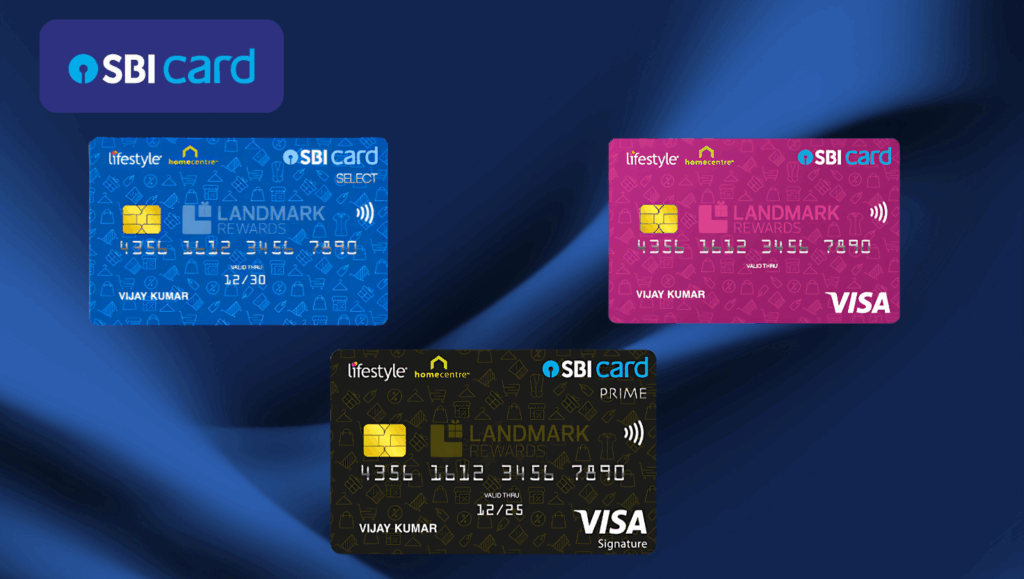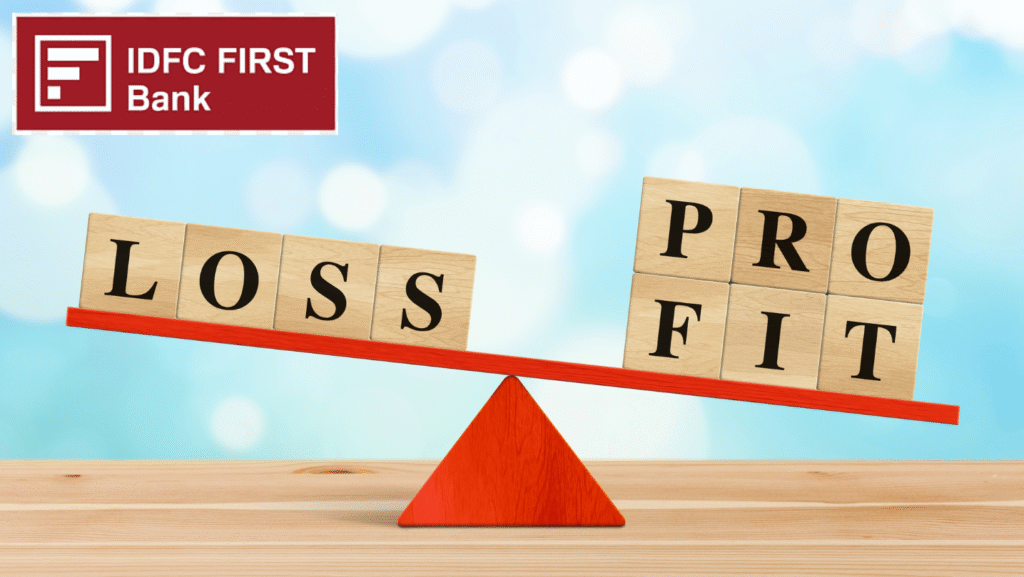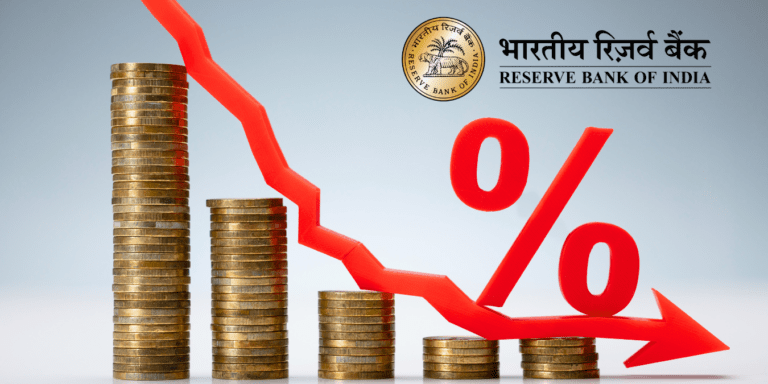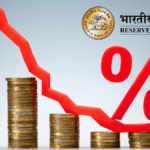
8 Indian Banks Report Margin Uplift—Is a Lending Revival Underway?
India’s banks are quietly bouncing back — but not in the way most expected. After RBI’s surprising CRR cut injected fresh liquidity, lending profits have begun to rise again. What does this hidden shift mean for NIMs, borrowers, and India’s financial future? The ripple effects may shock the markets.
India’s banking sector has quietly entered a turning point — one that could redefine how profits flow in the coming decade. After months of squeezed margins, eight out of 24 listed banks have finally reported a rise in their Net Interest Margins (NIMs) for Q2 FY26 — a measure of how profitably banks lend after paying depositors. It’s a small but significant uptick marking the first signs of relief in an otherwise cautious credit environment. The big question: Is this the start of a broader lending profit comeback?
The Early Signs of a Turnaround
Banks across India have been under pressure for the past six quarters. Surging deposit costs, tighter liquidity, and an aggressive rate cycle forced margins downward. But Q2 FY26 changed the narrative — subtly, but meaningfully.
According to reports from The Economic Times, Indian Overseas Bank (IOB) posted the steepest NIM rise of 21 basis points, touching 3.21%, driven by successful re-engineering of loan portfolios and a larger chunk of MCLR-linked lending. Similarly, Federal Bank saw its NIM rise by 12 basis points to 3.06%, benefiting from falling funding costs. Even smaller lenders like AU Small Finance Bank and Ujjivan SFB managed sequential gains, signaling resilience beyond the big names.
For perspective, the Reserve Bank of India’s (RBI) 1% cut in the Cash Reserve Ratio (CRR) announced in September 2025 added a surprise tailwind by lowering immediate funding costs. As liquidity gradually eases, margins are beginning to stabilize — potentially setting up banks for an earnings rebound in the second half of FY26.
Large Banks: Finding Stability
In the private sector, ICICI Bank and HDFC Bank remained steady performers. ICICI maintained a 4.3% NIM, showing remarkable consistency amid sectoral cost pressures. Its stable CASA base and disciplined deposit pricing created a cushion against rising costs. Meanwhile, HDFC Bank’s margins dipped slightly to 3.49%, yet analysts called it “in-line with expectations,” as the bank continues to manage the funding realignment post-merger.
Axis Bank and Kotak Mahindra Bank, on the other hand, faced modest compression due to higher provisioning and slower yield expansion. Kotak’s net profit dipped 3% YoY, although its Net Interest Income (NII) rose 4%, underscoring the pressure on spreads.
Still, the message across the top banks is clear — the margin trough might be behind them. As per Motilal Oswal Financial Services, “Sector NIMs are expected to bottom out in Q2 FY26,” aided by CRR cuts and phased deposit repricing.
PSU Banks: The Silent Climbers
While private banks dominate headlines, public sector lenders quietly drove much of the recovery momentum. Indian Overseas Bank’s strong Q2 was a standout — net profit jumped 57.8% YoY, reflecting its sharper focus on operational efficiency and lending discipline. Punjab & Sind Bank and IDBI Bank also recorded sequential NIM improvements, showcasing better cost management.
Interestingly, the global investor sentiment around PSU banks is shifting. The $3 billion investment by Emirates NBD in RBL Bank highlighted the renewed global confidence in India’s regulated, high-growth banking system. The market isn’t just watching this quarter’s profits — it’s betting on structural resilience.
What’s Driving the NIM Revival?
- Deposit Cost Easing:
The fall in deposit rates and gradual reduction of high-cost term deposits are finally reflecting in Q2 results. Fixed deposits opened in the high-rate phases of 2023–24 are now maturing, reducing average funding costs. - CRR and Liquidity Relief:
RBI’s phased cut in CRR — the amount banks must hold in reserves — instantly boosted available capital for lending. Analysts see at least another 8–12 basis points boost to sector-wide margins if liquidity remains benign through FY26. - Retail and MSME Loan Growth:
Lending to micro, small, and medium enterprises (MSMEs) grew 17% YoY, while retail loans rose 10%, offsetting corporate lending slowdown. This diversification is key to maintaining healthier yields even in a moderating rate environment. - Better Credit Costs and Recoveries:
Improved asset quality helped banks control provisioning expenses. Bank of India, for instance, saw a 1.9x gross cash recovery over slippages — reflecting tighter collection and restructuring efforts.
The Weak Spots: Caution Still Warrants
While the NIM recovery is encouraging, it’s far from universal. Mid-tier banks such as IDFC First Bank, despite a 64% YoY net profit rise, reported contracting margins — down 12 basis points QoQ to 5.59%. Similarly, IndusInd Bank and RBL Bank saw compression due to microfinance exposure and higher borrowing costs.
Brokerages like BofA Global Research caution that broad-based NIM normalization might still take until early FY27, especially if RBI proceeds with additional rate cuts or liquidity tightening.
The coming quarters will likely see a mixed scenario — where select banks continue to outpace the system average while others recalibrate balance sheets and lending models.
Investor Mood Turns Optimistic
The stock market has reacted positively to the signs of stabilization. Shares of Federal Bank, IOB, and RBL Bank recorded back-to-back weekly gains post-earnings. Market strategists see this as the start of a “valuation re-rating cycle” for quality banks.
Fund managers are refocusing on BFSI stocks, anticipating stronger earnings visibility and credit expansion through FY27. As one analyst put it, “The Indian banking sector’s defensive phase is done — banks are now on offense again”.
October 2025 Outlook: The Big Picture
The Q2 FY26 results tell a simple story — the margin squeeze has bottomed out. What lies ahead in Q3 and Q4 could define how fast profits rebound.
Key expectations among analysts:
- Systemic credit growth to revive from 10.3% to 12.5% in FY27.
- Deposit growth may stabilize near 10% YoY, keeping liquidity steady.
- Retail and MSME lending will continue to be top profit drivers.
- Treasury gains will stay muted as bond yields normalize.
If these levers hold, the eight banks leading the current NIM improvement could well be the pioneers of India’s next banking upswing.
Which Banks Are Gaining Ground?
| Bank | NIM Change (QoQ) | Current NIM (%) | Highlights |
| Indian Overseas Bank | +0.21% | 3.21 | Strong retail and MSME credit growth |
| Federal Bank | +0.12% | 3.06 | Low-cost deposit advantage |
| AU Small Finance Bank | +0.05% | 5.8 | Better liquidity and CASA growth |
| Ujjivan SFB | +0.07% | 9.7 | Microfinance recovery-led growth |
| ICICI Bank | Flat | 4.3 | Best-in-class CASA structure |
| HDFC Bank | -0.08% | 3.49 | Repricing effects post-merger |
| IDFC First Bank | -0.12% | 5.59 | Margin compression despite high growth |
| Kotak Bank | -0.10% | 4.5 | High provisions, slower yield recovery |
What It Means for Borrowers
For borrowers, a margin recovery could translate into short-term lending rate stability. With deposit costs easing, banks may not rush to hike loan rates further. However, as credit appetite expands, there could be renewed competition for high-quality borrowers, resulting in differentiated lending rates.
Consumers seeking home loans or MSME credit might soon see more competitive offers — especially from small finance banks trying to maximize spreads while gaining market share.
Hidden Advantage: India’s Banking Strength Story
Behind the numbers lies something deeper — confidence. Despite the global slowdown, India’s banking system has sustained growth without systemic shocks. Asset quality has held steady, credit costs remain manageable, and capital buffers are among the strongest in emerging markets.
The RBI’s regulatory vigilance, coupled with consistent profitability even in high-cost cycles, has made Indian banks a global benchmark for financial stability. Strategic investments — like the Emirates NBD stake in RBL Bank — underline the appeal of India’s regulatory environment and growth potential.
It’s not just a story of recovered margins — it’s a reminder that India’s 2020s could well be its “Decade of Financial Strength.”
Outlook: Into H2 FY26 and Beyond
As we step into the second half of FY26, the focus shifts from survival to smart growth.
- Loan Growth Momentum: MSMEs, personal loans, and small-ticket business segments will drive volume.
- Profit Recovery: Margins could inch up another 10–15 basis points if liquidity stays favorable.
- Digital Banking Push: Tech-driven cost efficiencies will further expand profitability.
- Investor Re-rating: Expect upward earnings revisions and stock price catch-ups across selected mid-caps.
Large private players like HDFC, ICICI, and Axis are still preferred by institutional investors, but PSU and small finance banks could see sharper upside in percentage terms due to their low base.
Key Takeaways
- Eight out of 24 Indian banks reported higher NIMs in Q2 FY26, signaling early profit recovery.
- Indian Overseas Bank led the improvement with a 21-bps jump to 3.21%.
- RBI’s CRR cuts and easing deposit costs are stabilizing bank margins across tiers.
- Private banks like ICICI and HDFC recorded steady results, while PSU and SFBs showed sharper sequential gains.
- Credit growth improving to ~12.5% in FY27 could drive sustained re-rating in the sector.
- The next quarter will likely confirm whether this recovery is temporary or structural.
Final Thought
India’s banks might just be scripting the comeback story of the decade. After more than a year of squeezed margins and falling spreads, eight lenders are now flipping the script with rising profitability. Sector watchers say the “margin bottom” is behind us — but what’s truly exciting is what comes next. As liquidity improves, credit demand picks up, and deposit costs slide lower, the stage is set for a new wave of banking profits. The small cues — from Indian Overseas Bank’s sharp 21-bps NIM rise to ICICI’s resilient spreads — hint at a silent but powerful revival. And if Q3 carries this momentum, FY26 could be the breakout year for the sector. The question worth asking: are India’s lenders quietly preparing for their golden phase? Because the numbers are starting to whisper one thing — the comeback has begun.






























